After the lab-leak theory, US-Chinese relations head downhill
By Yanzhong Huang | July 16, 2021
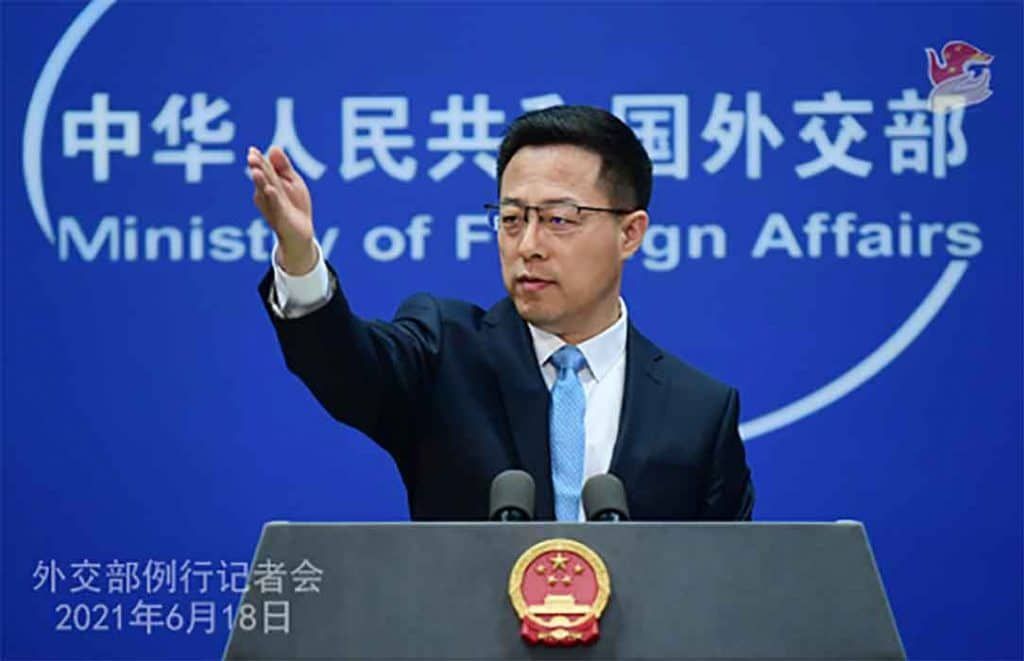 The combative Chinese Ministry of Foreign Affairs spokesperson Zhao Lijian has accused the US Army of bringing COVID-19 to Wuhan and made other provocative claims. Credit: Chinese Embassy.
The combative Chinese Ministry of Foreign Affairs spokesperson Zhao Lijian has accused the US Army of bringing COVID-19 to Wuhan and made other provocative claims. Credit: Chinese Embassy.
In October, 2018, more than a year before the COVID-19 pandemic, dozens of international trainees visited the Wuhan Institute of Virology for an expansive workshop meant to “promote the cooperation between China and other countries in the field of biosafety.” The attendees, many from developing countries, took classes on virus handling and bioethics, they listened to speeches by Chinese and UN arms control officials, and learned from eminent scientists. For the organizers, the 10-day event was a chance to showcase China’s expertise in biosafety management. And for this, they could hardly have chosen a more perfect location, a prestigious virology institute that had just months earlier opened the country’s first state-of-the-art, specialized facility for safely studying the world’s most dangerous pathogens, a biosafety-level (BSL) 4 lab.
The marketing plan hasn’t paid out.
Two years on, the lofty vision the workshop at the advanced Chinese biolab embodied—one of international collaboration on disease control and scientific research—has disintegrated as the United States and China tangle in an increasingly nasty fight over the origins of the still-raging coronavirus pandemic. In the United States, President Joe Biden, prominent scientists, and once-skeptical mainstream media outlets have collectively revived a hypothesis that was initially largely framed as a conspiracy theory, that the COVID-19 virus could have escaped from the Wuhan lab. Meanwhile, in China, many are convinced COVID-19 started somewhere else, outside of the country.
The Wuhan Institute of Virology now sits at the forefront of the US-China row on the origins of a once-in-a-century pandemic. From Former President Donald Trump, to Chinese government spokesperson Zhao Lijian, and on to others, combative personalities with stark political agendas have helped draw both countries into a downward spiral of tit-for-tat accusations about who is to blame.
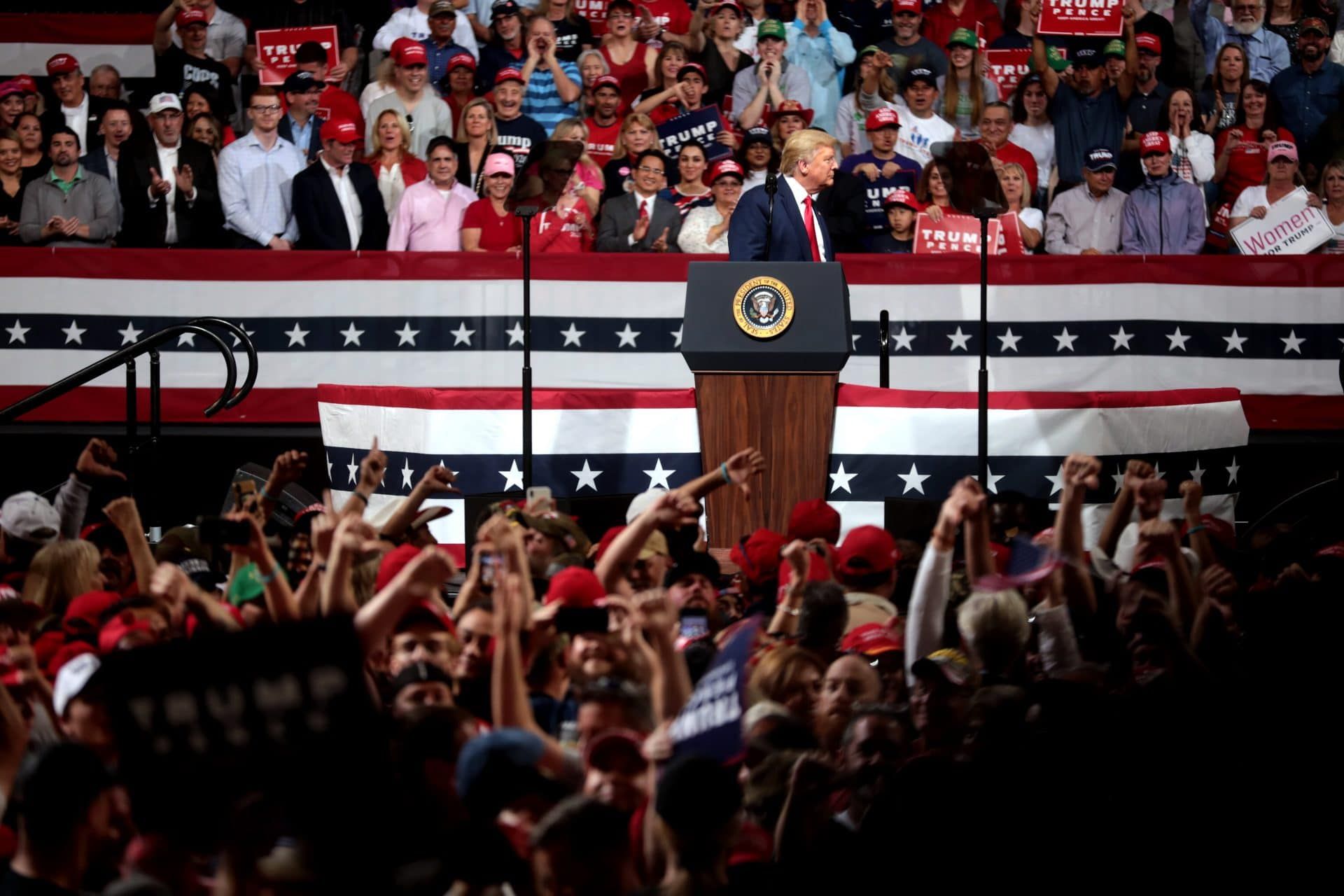
A call for a science-based investigation into the origins of the crises has largely been overshadowed by a geopolitical fight that threatens not only efforts to understand how the pandemic began, but also international efforts to cooperate on biosecurity, public health, and more.
How the lab escape hypothesis was politicized. A seemingly “crafty” virus rapidly spreading in Wuhan—the city that houses China’s only BSL-4 lab in an institute renowned for coronavirus research—was sure to raise eyebrows. Sen. Tom Cotton, a Republican from Arkansas, was among the first US politicians to make the connection between the research lab and the location of the first reported COVID-19 cases. In an interview on Feb. 16, 2020, Cotton noted that a “super laboratory” was only miles away from a seafood market tied to several early infections. “We don’t have evidence that this disease originated there… We need to at least ask the question to see what the evidence says,” he told Fox News host Maria Bartiroma.
Even Shi Zhengli, a leading Chinese virologist who researches SARS-like coronaviruses of bat origin at the institute, recognized the concern, revealing that she initially could not sleep for fear that the outbreak had been caused by a leak of the virus from her lab. Shi has repeatedly denied that the pandemic could have been sparked through research at the Wuhan institute.
“US President Trump’s claim that SARS-CoV-2 was leaked from our institute totally contradicts the facts,” she told Science last summer. “It jeopardizes and affects our academic work and personal life. He owes us an apology.”
Outside of China, influential scientists began to marginalize the so-called “lab-leak theory” before it gained traction. They proved enormously influential in framing it as a conspiracy theory.
A February 2020 letter in the prestigious medical journal The Lancet signed by 27 scientists strongly condemned “conspiracy theories suggesting that COVID-19 does not have a natural origin.” Likewise, a piece by prominent scientists in Nature Medicine published the following month concluded that a laboratory-based scenario was unlikely.
These efforts appear to have guided the course of media reporting and scientific analyses. Although scientific history is replete with examples of pathogens “escaping” from labs, mainstream reporting in the United States typically lumped the lab-escape hypothesis in with COVID-19 conspiracy theories.
Heated rhetoric. But the lab-leak theory never disappeared. And it ran directly counter to Chinese leaders’ initial thinking that a natural event was to blame for the pandemic. And as the lab-leak theory drew attention, China’s position on origins investigations and even the idea that the pandemic began in the country began to shift, subtly at first.
In late February, for instance, Zhong Nanshan, the public face of China’s epidemic control, stated that “given the new developments overseas, [that] the disease … was first detected in China does not mean that it originated in China.” Zhao Lijian, a combative Chinese foreign ministry spokesperson, later cited Zhong’s remarks to refute the frequent characterization of the virus—at least in the United States–as the “Wuhan virus,” as well as the lab-leak thesis.
Chinese officials weren’t subtle for long. And as COVID-19 began to cause serious disruption outside of China, both US and Chinese officials ramped up their rhetoric.
“CDC was caught on the spot. When did patient zero begin in US? How many people are infected? What are the names of the hospitals? It might be US army who brought the epidemic to Wuhan. Be transparent! Make public your data! US owe us an explanation!” Zhao, the foreign ministry spokesman, tweeted on March 12, 2020.
2/2 CDC was caught on the spot. When did patient zero begin in US? How many people are infected? What are the names of the hospitals? It might be US army who brought the epidemic to Wuhan. Be transparent! Make public your data! US owe us an explanation! pic.twitter.com/vYNZRFPWo3
— Lijian Zhao 赵立坚 (@zlj517) March 12, 2020
Zhao was responding to top US diplomats and allies of Trump who increasingly linked the virus to China. Then-Secretary of State Mike Pompeo, for example, repeatedly and deliberately used “Wuhan” to describe the virus, even though the World Health Organization (WHO) officially named the disease caused by the virus COVID-19.
After the spokesman’s tweet, Trump, began to routinely refer to the “Chinese virus” or even “Kung Flu,” inflammatory words that touched a raw nerve in China. Since then, the Chinese public has widely accepted the official narrative exonerating China from any wrongdoing in the pandemic, and China’s social media has become inundated by posts and essays that claim the pandemic came from a US military lab.
The lab-leak theory gains steam. For over a year, the lab-leak theory in the United States remained mainly an obsession of right-wing media and political figures like Trump.
That was the case until May of this year, when 18 scientists published a letter in Science calling for a thorough review of whether the pandemic had been sparked by a lab leak or by natural spillover. Before the letter, researchers may have been reluctant to legitimize the lab-leak hypothesis, perhaps, as one letter signer put it, out of fear of being “associated with Trump,” the chief backer of the theory. Embroiled in the US-China blame game, conversation around a lab leak had become subject to the logic of realpolitik, not science and peer review. Some US government officials opposed further probing out of fear that it might “open a can of worms” given the government’s role in funding Shi’s bat research in Wuhan.
While the Science letter opened the floodgates to establishment acceptance—if not embrace—of the lab-leak theory’s plausibility, the dam had been showing cracks since late March, when a WHO investigatory team finally released the results of its origins investigation. Critics thought the team’s report showed just how little interest the WHO had in investigating the lab-leak theory to begin with. During a three-hour visit to the Wuhan Institute of Virology, the WHO mostly listened to the lab staff rebuking the “conspiracy theory,” before drawing the conclusion that a lab escape was “extremely unlikely.”
Critics of the Chinese government cried that the investigation had been neither independent nor complete, and amid the blowback, WHO chief Tedros Adhanom Ghebreyesus acknowledged that “all hypotheses remain open and require further analysis and study,” undercutting his organization’s investigatory team. In early May, science journalist Nicholas Wade published an article in the Bulletin that, among other points, revealed the close ties between the Wuhan Institute of Virology and a key member of the WHO team, Peter Daszak, who also played a central role in drafting The Lancet letter. Wade’s meticulous but powerful piece was followed by a series of other publications, including one in Vanity Fair, all suggesting the lab-escape theory merits a closer look.
Mainstream media outlets also gave the lab-leak scenario a fresh airing. A May analysis in The Washington Post, for example, ran with the headline “Timeline: How the Wuhan lab-leak theory suddenly became credible.” That month, Biden ordered a comprehensive, three-month intelligence review of the origins of the pandemic; the lab-escape theory was officially removed from its pariah status.
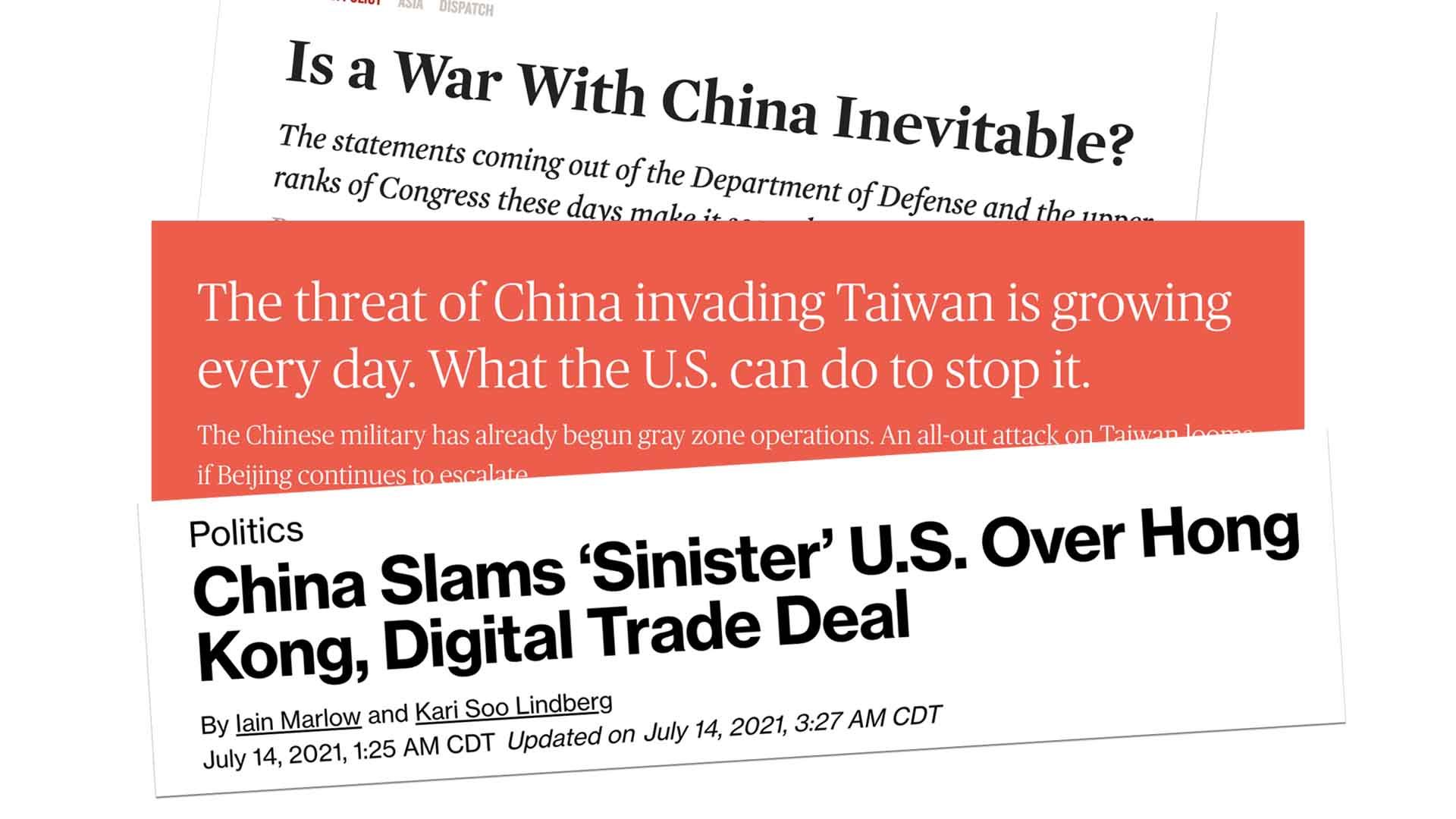
The revitalized theory and US-China relations. Like it or not, the resurgence of the lab-leak theory highlights a compelling need for a thorough and impartial investigation. The seemingly mounting evidence pointing to a lab escape (almost all of it circumstantial), in conjunction with the tremendous (and often obvious) misinformation and obfuscation on the pandemic’s origins—whether from Trump or Zhao—calls for greater international cooperation over a whole range of issues pertaining to biosafety and biosecurity, not less.
The United States and China could work together in sharing biosecurity-related samples, genetic materials and data, developing protocols and countermeasures against biosafety accidents, promoting transparency in dual-use research of concern, countering disinformation, and strengthening compliance with global health laws, including the Biological Weapons Convention and the International Health Regulations.
But the US push to investigate the lab leak and the political context in both countries likely puts the goal of finding the origins of COVID-19 and many other ambitions at risk.
Against the backdrop of US-China strategic competition, the transparency that a renewed international investigation of the lab-leak would require is antithetical to the secrecy of authoritarian governance. It would pose an inherent challenge to one of Beijing’s core interests: the permanent rule of the Chinese Communist Party. As Beijing feels increasingly insecure, it has fewer incentives than ever to permit a timely, transparent, and science-based investigation of the Wuhan Institute of Virology. Indeed, enraged by Biden ordering intelligence review, Zhao called US motivations “impure and sinister.”
In a recent phone conversation with China’s top diplomat, Yang Jiechi, US Secretary of State Antony Blinken asked for cooperation and transparency over the origins of the COVID-19, but Yang’s response indicated that such a request was a nonstarter. Accusing the United States of spreading the “absurd story” about the lab-escape theory, Yang urged the United States to “respect facts and science” and “refrain from politicizing the issue.”
The Biden administration is now pledging to find answers sooner than what a scientific investigation would require: A majority of members of the intelligence community do not believe there is sufficient information to assess which pandemic origins theory—natural or lab-leak—is right.
“It seems unlikely that we will get a definitive answer on Covid’s origins in 90 days, or maybe ever,” Zack Cooper, a researcher at the American Enterprise Institute told Politico.
“My guess is that if a lab leak did occur, the likelihood of gaining access to definitive evidence would be near zero. This would be among the most closely protected secrets in the history of the Communist Party.”
A self-fulfilling bioweapons prophecy? The growing mutual suspicion and finger pointing between the United States and China may also exacerbate the security dilemma they face. It might even threaten compliance with the Biological Weapons Convention, the treaty banning bioweapons. On both sides, various figures have raised the prospect that military research may have been involved in the origins of the pandemic. Officials have used the insinuations to highlight supposedly suspicious biodefense activities in the other country. In the United States, the lab-escape theory has also encouraged some to entertain darker theories that suggest a cover-up of an accidental leak by the Chinese government, and worse, a Chinese program to weaponize the pathogen behind COVID-19. To counter these accusations, China has stepped up efforts to insinuate the pandemic was caused by an accident in a US military lab.
“What secrets are hidden in the suspicion-shrouded Fort Detrick and the over 200 US bio-labs all over the world?” Zhao asked reprovingly when commenting after Biden announced the intelligence review. In China, officials have pointed to the US failure to publicize information about or accept an investigation of its own biodefense program—something that the government spokesperson cited as an example of “having a guilty conscience.”
If this rhetoric only amounted to the two countries trading accusations, it might not be so worrisome, but the history of bioweapons programs shows that when one side is perceived to be pursuing biological weapons, its rivals will likely attempt to acquire them as well. The institution of biological weapons programs in the United States, Canada, and the United Kingdom in the 1940s was a response to the perceived development of biological weapons by Hitler’s Germany (which didn’t happen). During the Cold War era, the Soviet Union, a signatory of the Biological Weapons Convention, kept a massive program but told its bioweapons scientists that the United States was doing the same.
Chinese officials are explicitly raising questions about the US biodefense program, and US lawmakers are cutting ties with Chinese scientists out of suspicion about what’s going on in Chinese labs. Some members of Congress have even introduced legislation calling for an investigation of the Chinese government’s role in a supposed cover-up and for sanctioning Communist Party officials who suppressed information on COVID-19.
Whether on trade, technology, or Taiwan, the United States and China appear on a collision course. Against this tense backdrop—in some ways evocative of a new Cold War—it’s worth asking if the suspicions and accusations about bioweapons, which may be false in the beginning, risk evolving into a self-fulfilling prophecy.
More broadly, the lab-leak theory—however legitimate it may be as a line of inquiry—may fuel anti-Americanism in China and anti-Asian sentiment in the United States, further undermining the public support for bilateral cooperation over public health and other issues. Already, negative views in China about the United States and in the United States about China are on the rise. Driven by disinformation and obfuscation efforts, the blame game over COVID-19 will further curtail popular support for cooperation.
Foreign policies, in turn, will reflect hostile public opinion.
In late May, the US Congress imposed a ban on any additional taxpayer money going to the Wuhan Institute of Virology. If the congressional move is justifiable due to concerns about lab safety issues or possible risky gain-of-function research, it also sends a chilly signal to joint US-China research on the coronavirus, an enormous global risk given the threat of future pandemics. Likewise, according to one senior Chinese diplomat, the standard for China to evaluate its foreign policy is “not how foreigners think of us, but what domestic people think of us.” Heated nationalist rhetoric, much of it stemming from the pandemic, will play an important role in China in influencing foreign policymaking.
The fear of being accused of engaging anything illicit may disincentivize US-China scientific collaboration between the United States and China, even in relatively safe areas, like public health infrastructure building. In addition, the dampened interest in science and technology collaboration also means that the Biden administration may have to expend more political capital to sustain cooperation in other areas both countries have attached importance to, such as climate change.
Uncovering the origins of a major outbreak is a complex process. After the 2002-2003 SARS epidemic, researchers took 13 years to identify the animal reservoir of that coronavirus, without facing nearly the degree of politicization as any investigation of COVID-19 will encounter. It can be an impossible mission when science succumbs to politics in deciding how a probe should be conducted and what story should be told.
Largely because of the perverted political logic that surrounded it, the lab escape hypothesis was not officially recognized as a legitimate theory until recently. Paradoxically, the revival of the theory under the Biden administration has raised the political stakes even higher, compromising the prospect of US-China cooperation and making a full and transparent investigation even less likely.
Together, we make the world safer.
The Bulletin elevates expert voices above the noise. But as an independent nonprofit organization, our operations depend on the support of readers like you. Help us continue to deliver quality journalism that holds leaders accountable. Your support of our work at any level is important. In return, we promise our coverage will be understandable, influential, vigilant, solution-oriented, and fair-minded. Together we can make a difference.
Keywords: COVID-19, China, Donald Trump, Joe Biden, Zhao Lijian, lab leak
Topics: Biosecurity, Disruptive Technologies


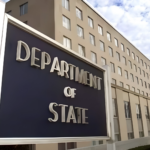
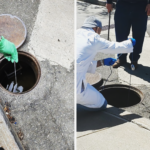
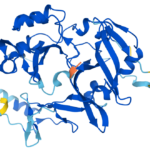
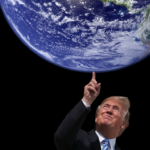

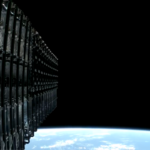








The lab leak theory is US propaganda pure and simple. Nicholas Wade is not an expert in virology. In fact he wrote a racist pseudoscientific book in 2014 called a Troublesome Inheritance that misrepresented the work of the scientific to validate his regressive and thoroughly discredited views on race. The irony is that by lending credence to this nonsense the bulletin is complicit in moving the clock ever more closer to midnight.
I think that the virus was naturally occurring and that one or more of the natural cases had their illness examined by the lab. To politicise it was a terrible action. This was an opportunity for the world to act together to solve a worldwide issue; instead they went their separate ways. Same will happen with climate change.
Dik
I think there is sufficient evidence to suggest the virus was not the same as found in bats, it had been manipulated, perhaps to get ahead of the virus’s potential natural mutation to human to human infection and thus manipulated for early stage vaccine exploration and development. But that would then lead the theory toward an escape from the lab either by accident (or by deliberate release- see my challenging conspiracy theory below), but certainly it does not appear that it was the same virus type found naturally in bats by the stage it began spreading in Wuhan. Correct me… Read more »
Speaking of Conspiracy theories: How about an even more extreme proposal that dares to suggest theSars2 Cov virus was a carefully orchestrated and deliberate release from the Wuhan lab under orders from the highest level within the People’s Communist Party of China.I contest that this could have been done in the full knowledge that while it would certainly kill some of their own people and damage their own economy(but within anticipated bounds) it was a powerful means to an end of deflecting suspicion away from what was without beating about the bush,an indirect (using subterfuge) strategic attack on the Western… Read more »